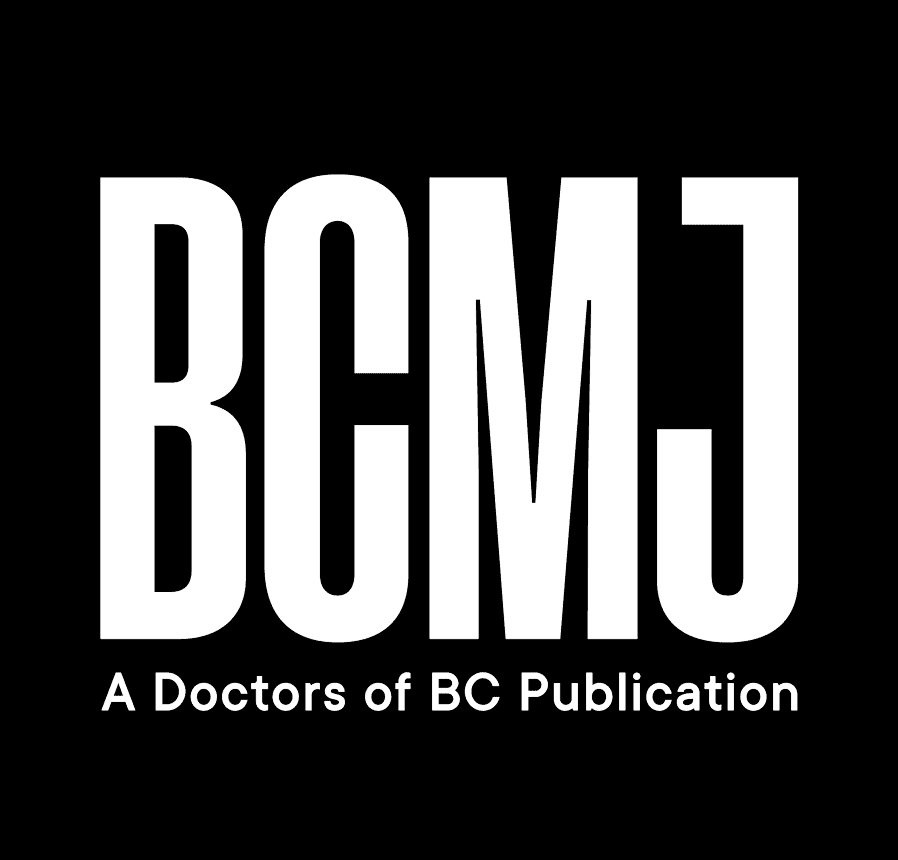Physicians: Does WorkSafeBC have your correct phone number and address?
Scenario 1: You request that a WorkSafeBC medical advisor call you to discuss a patient’s claim, and the medical advisor calls you on your personal cellphone. When you ask why, they tell you that is the phone number listed with your Physician’s Report (Form 8/11) in WorkSafeBC’s electronic records system. During the conversation, you also learn that the address listed with your Form 8/11 is not the address of the clinic where you saw this patient.
Scenario 2: You receive a cheque from WorkSafeBC for services provided to a patient with a work-related injury and are surprised that the cheque arrived at your home address instead of your place of business.
Why would these scenarios happen? The answer lies in how your contact information is shared between Health Insurance BC, the College of Physicians and Surgeons of British Columbia (CPSBC), and WorkSafeBC.
WorkSafeBC receives your contact information from Health Insurance BC
Health Insurance BC handles the registration of all health care providers in BC, as well as payment of medical and pharmacy claims. It also assigns you a Medical Services Plan (MSP) practitioner number and payee number(s). These unique identifiers play a crucial role in your ability to be compensated for your services.
Health Insurance BC shares key information with WorkSafeBC and the CPSBC, including the contact information you provide for your practitioner number and payee number(s). It is important to verify that the contact information associated with your practitioner number and payee number(s) is correct and to know which organization to contact when you need to update your information: the CPSBC or Health Insurance BC (MSP).
To learn how to update your contact information, contact the CPSBC (www.cpsbc.ca) or MSP (www2.gov.bc.ca/gov/content/health/practitioner-professional-resources/msp/contact-us).
What this means for billing WorkSafeBC
Physicians bill WorkSafeBC through the Teleplan system, a tool for electronic billing. WorkSafeBC then processes payments to Health Insurance BC, which in turn pays you according to the payment method you have set up. This process ensures you are compensated accurately and promptly for your work.
When you are invoicing WorkSafeBC, it is best practice to use a payee or practitioner number with the appropriate clinic’s phone number and address associated with it, not one that has a personal phone number or address associated with it.
Where WorkSafeBC mails manual payments
In certain cases, WorkSafeBC may need to process a manual payment. If this happens, you will receive a cheque by mail at the address linked to your payee number. You can elect to have the money sent via electronic funds transfer (EFT) instead, but you will need to share your direct deposit details with WorkSafeBC directly, either by calling 1 844 276-3344 or submitting a Request for Direct Deposit in Canada (via Electronic Funds Transfer) – Provider (Form 19D1), available at www.worksafebc.com.
WorkSafeBC cannot update your payee or practitioner contact information, but we can update our manual payment method from cheque to EFT, if that is what you prefer. We can also let you know what contact information we have on file for you so you can determine whether you need to change it. Call WorkSafeBC Payment Services at 1 888 422-2228 to find out.
What happens when you submit a Physician’s Report (Form 8/11)
When you complete a Form 8/11, there are no fields for address or phone number, but there are fields for payee and practitioner number. When WorkSafeBC receives your form, our electronic system auto-populates the address(es) and phone number(s) linked to your payee and practitioner number. This information is added to our electronic records, so please ensure it is your clinic contact information.
Keeping payee and practitioner information updated
By keeping your MSP payee and practitioner information updated, including your address and phone number, you can help WorkSafeBC contact and pay you appropriately.
—Bal Hannay
Supervisor, Health Care Operations, WorkSafeBC
—Aveet Chand
Manager, Health Care Business Solutions, WorkSafeBC
hidden
This article is the opinion of WorkSafeBC and has not been peer reviewed by the BCMJ Editorial Board.
 |
| This work is licensed under a Creative Commons Attribution-NonCommercial-NoDerivatives 4.0 International License. |
